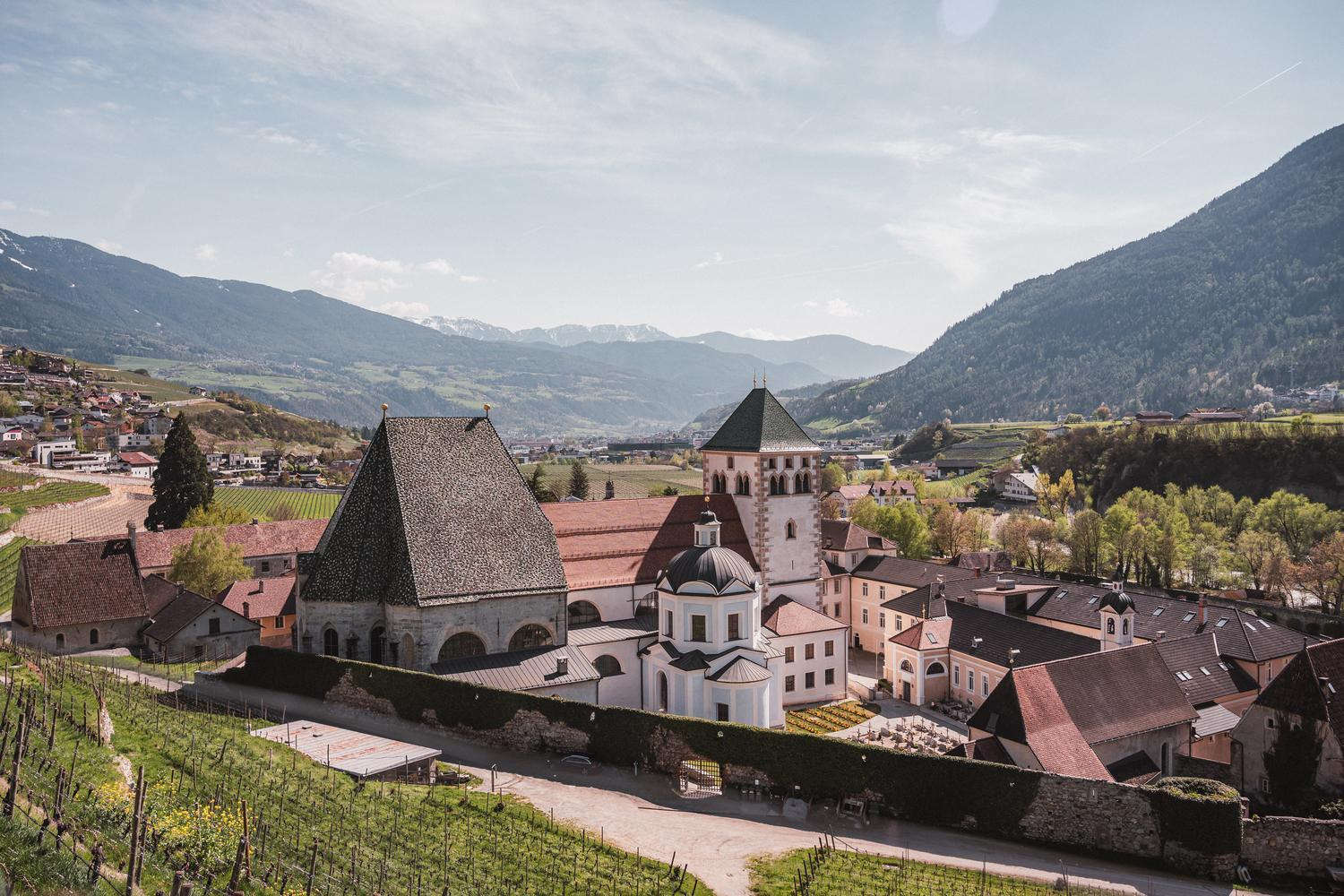“Locals see themselves as mountain people. And mountain people don’t want to ruin their mountains.”
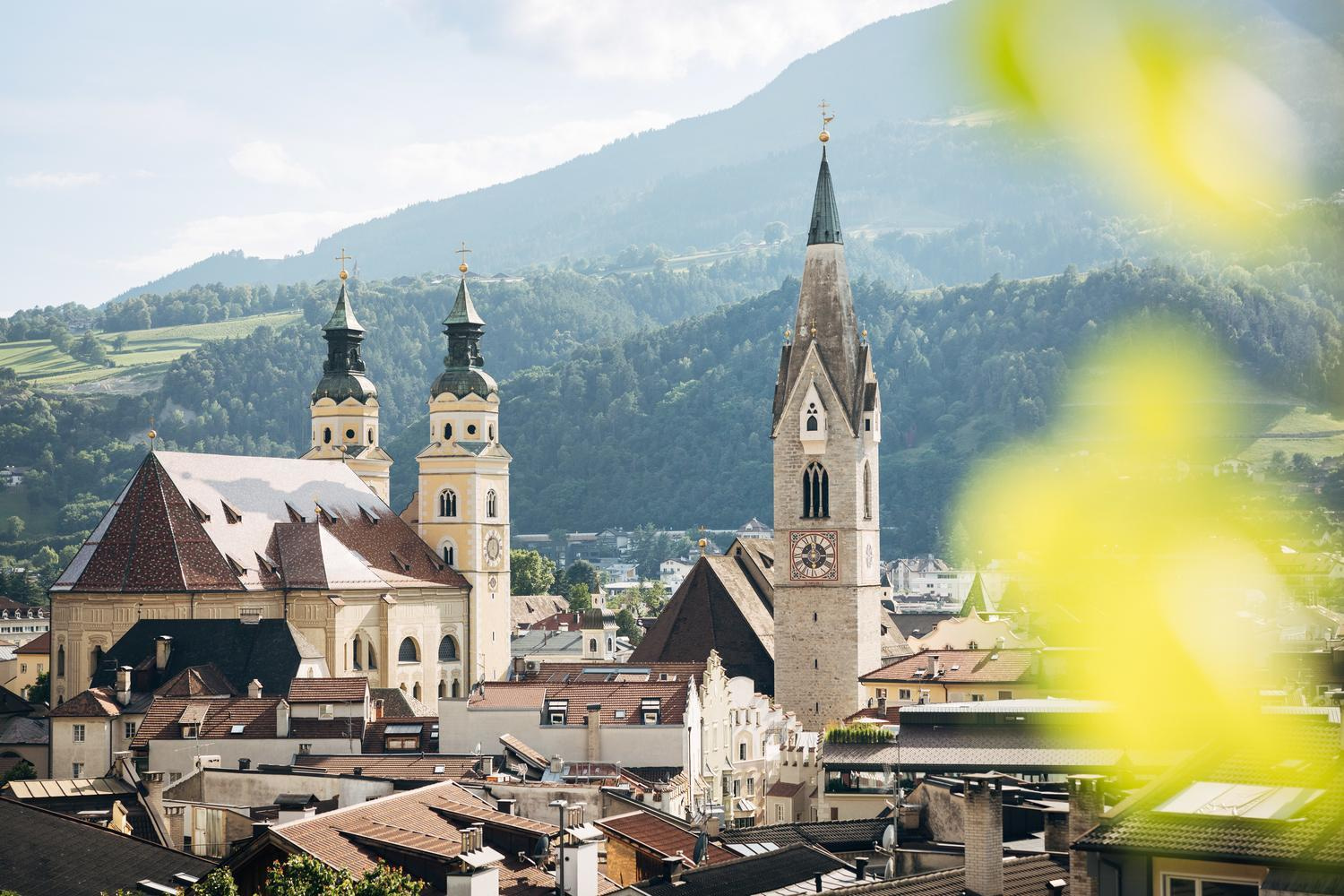
Old Town Brixen. Photo courtesy of Brixen Tourismus / Thomas Rötting
Most people pass by Brixen. Trains push south toward Verona or Milan, and the highway hums with travelers aiming for bigger cities or ski resorts. But if you step off at this small station in the Isarco Valley, you’ll find something else entirely: a town that’s lasted more than a thousand years without losing relevance.
Brixen — also called Bressanone — is the oldest city in the historical region of Tyrol. It sits in South Tyrol, a province in northern Italy where just about everything carries two names. The architecture is Alpine, the food walks a line between Austrian and Italian, and the people seem just as comfortable speaking German as they are Italian. Mediterranean in summer and Alpine in winter, Brixen is a town that adapts to the season without chasing trends (looking at you, Cortina d’Ampezzo.)
In the old center, arcades from the Middle Ages still shade narrow streets. The cathedral, with its ornate frescoed nave and cloister, anchors the square. The pink-and-white Hofburg, once the residence of the prince-bishops, now serves as a museum that tells the story of Brixen’s long rule as a spiritual and political capital. Walk the cobblestones, and the layers are visible: Romanesque here, Baroque there, flowing together with casual coherence.
But Brixen isn’t frozen in time. The city runs mostly on hydroelectric and solar energy. Buses are electric. The water that flows from 22 public fountains is clean and cold, and good luck finding a plastic bottle in town — you won’t. The entire retail supply chain has shifted to refillables. The attitude is practical: keep what works, ditch what doesn’t.
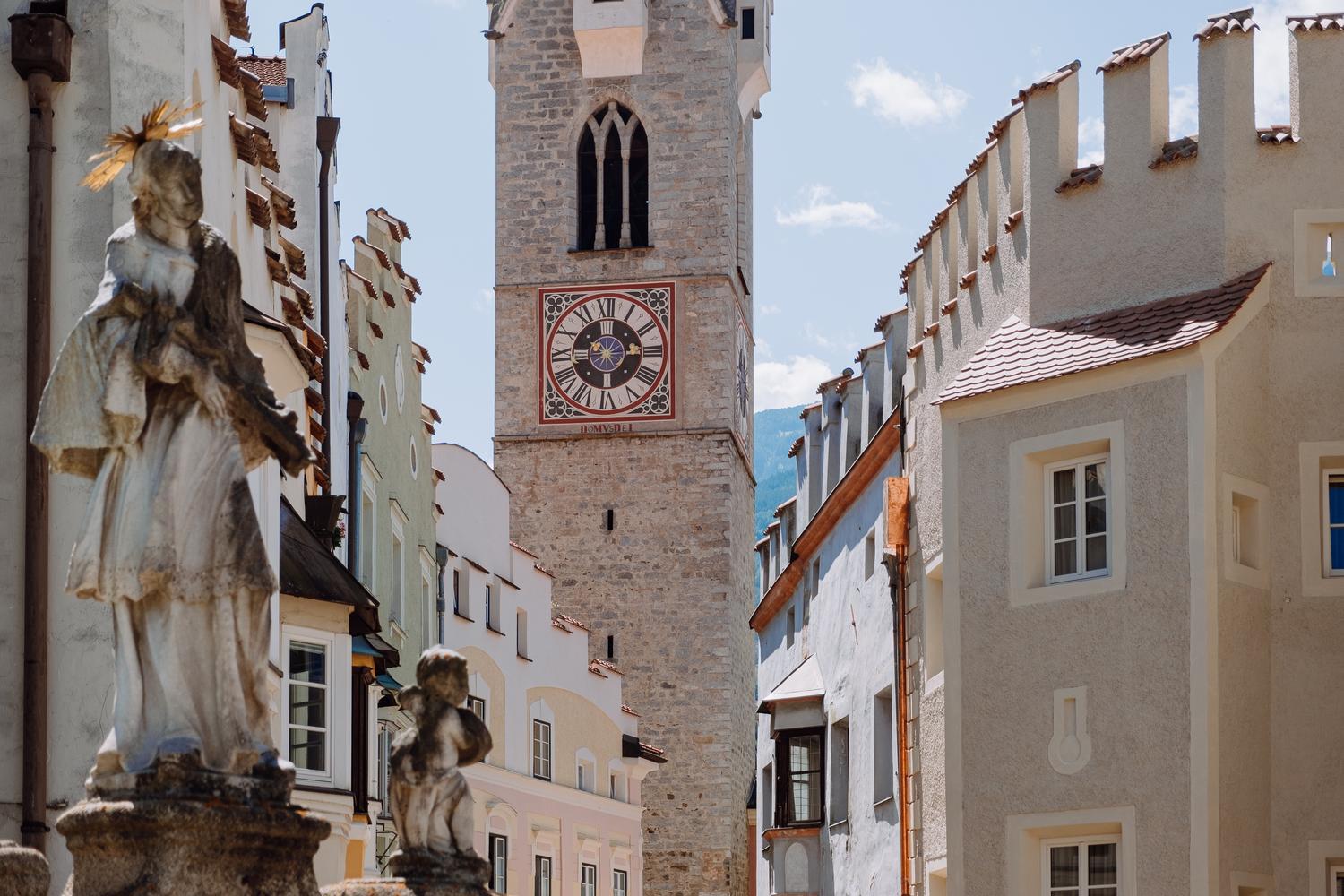
Brixen Altstadt. Courtesy of Michael Pezzei, Brixen Tourismus
Locals see themselves as mountain people. And mountain people don’t want to ruin their mountains. They like nature the way it is — easy access to hiking, biking, and skiing in one of Italy’s most beautiful landscapes. Trails thread from the edge of town into the hills, past fruit orchards and vineyards. The cycling path to Villnöss cuts through farmland and medieval hamlets and ends in a postcard.
Hike the Creation Trail, where modern art installations depict the story of Genesis across a six-kilometer stretch of alpine pasture, ending at a chapel with a bench representing the day of rest. Or walk the Mountain Pine Trail through Dolomite-facing pine forests to a distillery that turns alpine herbs into essential oils. Nature isn’t a backdrop: it’s transportation, recreation, and lifestyle, bundled together.
A few years back, mountain bikers clashed with farmers over trail use. The town responded with new rules, posted trail maps, and better communication, offering a sensible solution to a modern problem. Everyone won. (Try having that fight in car-centric America when small towns desperately try to add bike lanes.)
Even the monastery makes wine here. The Augustinian canons at Abbazia di Novacella have been growing vines since 1142. Their steep vineyards produce pure, mineral-driven whites like Sylvaner, Kerner, and Gewürztraminer — wines that taste of the altitude and cultural ethos. You can drink them in the cloister courtyard after a walk from town.
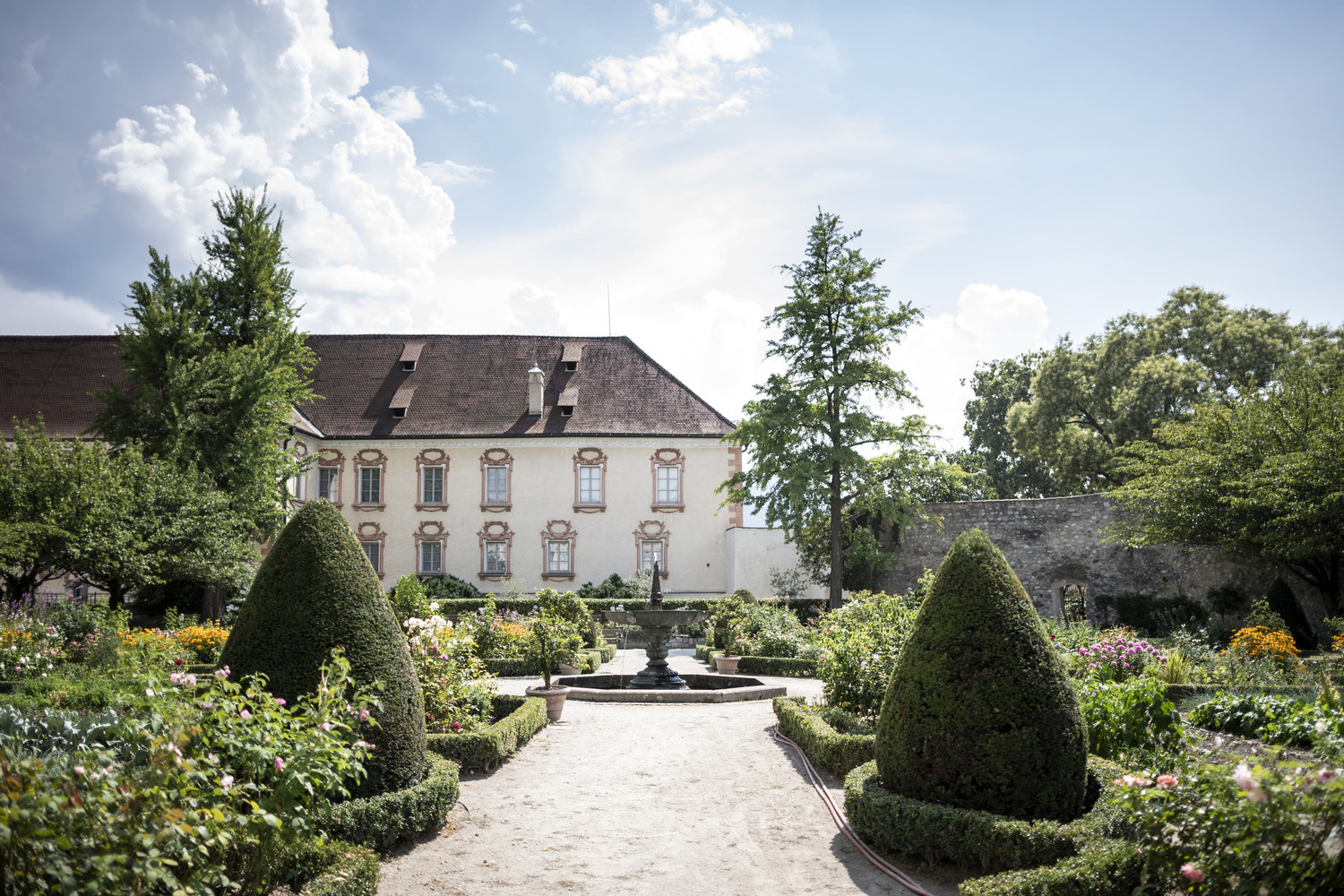
View of Brixen. Photo courtesy of IDM Südtirol / Alex Filz
Food here follows the same logic: cook what’s nearby, don’t overdo it. At Fink, the chef pulls inspiration from monastic cuisine — simple preparations, seasonal produce, healthy and clean. At Haller Suites, just above town, you can drink a glass of wine grown on the slope below your table. At Degust, Hansi Baumgartner refines raw milk cheeses using orange peels and wine pomace, aging them in old WWII bunkers because why not reuse things?
It’s not all medieval charm. The city is home to Durst, a global leader in photo printing and digital imaging. Tennis phenom Jannik Sinner grew up nearby. The government invests in transit, clean energy, and local food systems. It all adds up to something hard to define but easy to feel: a place that works. If only the rest of the world could take a page from the environmental care and community spirit of Brixen.
Here’s where to stay, eat, and drink in Brixen, a place where traveling responsibly happens without having to try.
Where to Stay in Brixen

Fink restaurant & suites. Courtesy of Brixen Tourismus
Fink
North Stars:



Fink sits inside a 600-year-old Laubenhaus beneath Brixen’s arcades, but nothing about it feels dated. The design leans Scandi-meets-Alpine: white oak, natural stone, and a palette that leans into cozy restraint. The nine minimalist suites feel intentional, not sparse.
Downstairs, the restaurant mirrors the aesthetic and serves a seasonal, stripped-back but modern take on monastic cuisine. There’s also a small spa tucked beneath the building — steam, sauna, plunge — designed with the same clean, low-intervention philosophy. Fink runs on hydroelectric power, uses district heating from the regional waterworks, and skips single-use plastics.
Haller Suites
North Stars:



Haller Suites overlooks Brixen from its hillside perch among the vineyards. The architecture mirrors the terraced slopes, utilizing local larch and stone to blend seamlessly with the environment. The 18 rooms and suites take design cues from natural materials and a minimalist aesthetic, emphasizing sustainable comfort.
Teresa Pichler, a third-generation hotelier who grew up in the inn, rebuilt it in 2019 into a clean-lined retreat with a direct connection to wine and place. Taking sustainable design seriously, she incorporated green roofs and a district heating system that pulls energy from regional waterworks. AO Restaurant, next door, complements the hotel’s ethos. But that’s another story.

Badhaus Hotel Room. Courtesy of Brixen Tourismus
Badhaus Boutique Hotel
North Stars:



Occupying a former medieval bathhouse courtyard in central Brixen, Badhaus delivers a sharp contrast: 21 rooms spread across two copper-and-concrete buildings designed by Bergmeisterwolf. The architecture plays with transparency and texture, employing fluted glass, raw concrete, ash wood, and steel, without overwhelming the historic setting. A passageway connects the street to the hotel’s inner courtyard, open to the public. Along the way, a ceiling of suspended clay hands nods to the building’s origins as the “padehaus an dem Griezze” from 1374. For design enthusiasts, Badhaus is the smartest bed in town.
The hotel holds both a Klimahaus A rating and the KlimaHotel certification for energy efficiency and low-impact construction. All guest rooms feature stone floors, Italian linens, and minibars stocked with local goods. Some have terraces overlooking the courtyard or rooftops. There’s no spa, but guests get discounted access to nearby Acquarena’s pools and saunas. Viertel Bar on the ground floor serves house-brewed beer, light bites, and breakfast in the morning.
Lasserhaus
North Stars:



Located at the entrance to Stufles, Brixen’s oldest quarter, Lasserhaus offers boutique accommodation in a 15th century building known for its colorful facade. The hotel features ten different rooms and a wine cellar, offering guests a unique blend of history and modern comfort. Small rooms come finished with bronze pulls and lacquered cabinetry, evoking a mix of art deco and Mid-Century modern.
Modern and classical artworks and whimsical installations fill the walls and stairwells. After a day of hiking, hit the on-site sauna and whirlpool. There is no restaurant on site, but guests can take breakfast at the nearby Viertel Bar in Hotel Badhaus. Word of caution when booking: Light sleepers or claustrophobic travelers should book rooms on upper floors, as dark, ground-floor quarters feature noisy windows facing the street and endless passersby who peer inside.
The Best Restaurants in Brixen
North Stars:



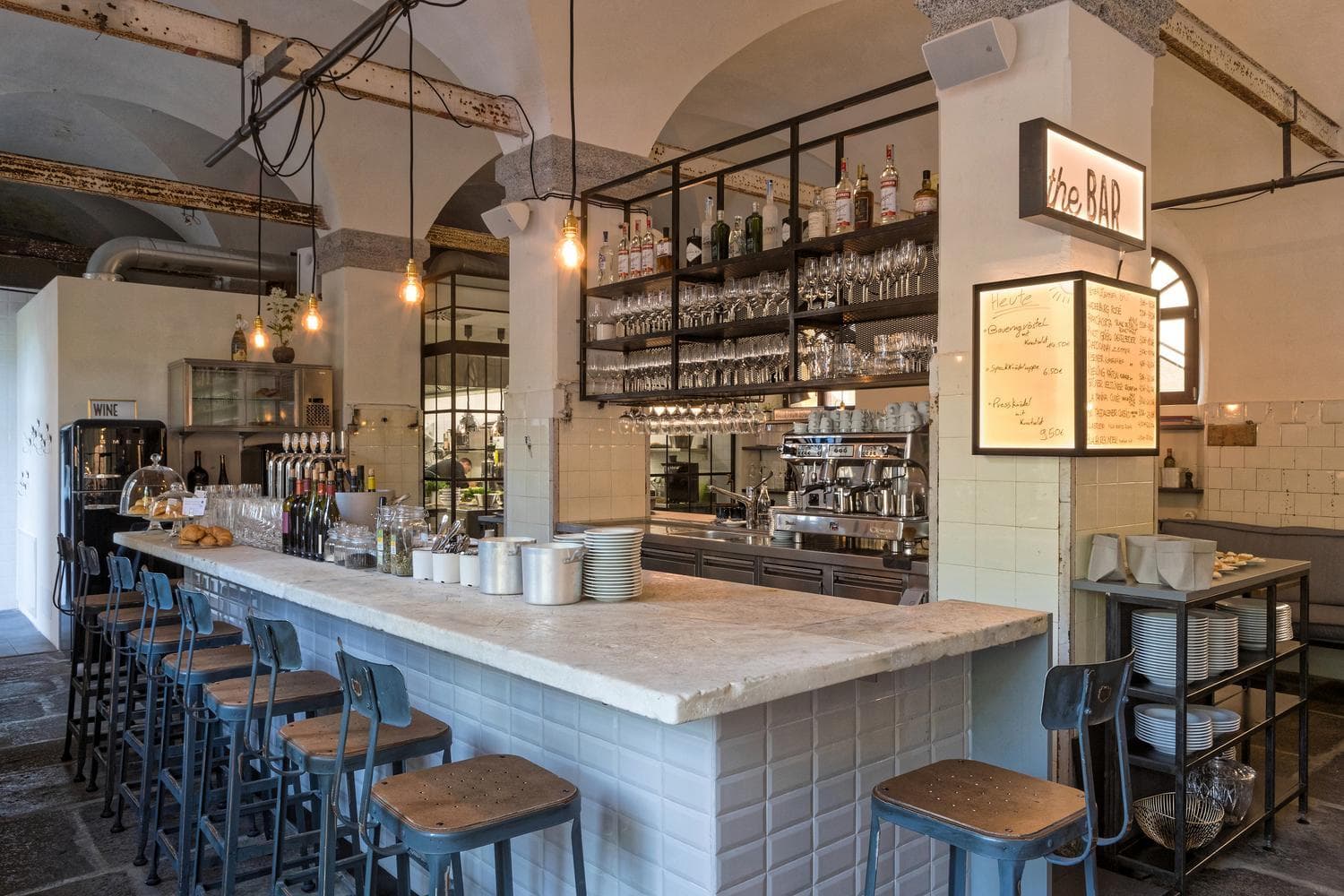
Alter Schlachthof Restaurant. Courtesy of Brixen Tourismus
Alter Schlachthof
Housed in a former slaughterhouse, Alter Schlachthof is a casual restaurant that emphasizes regional delicacies and fresh, high-quality products from local farmers. It also specializes in Alpin beef, a crossbreed of local Alpine cows and Wagyu, which chefs utilize in burgers and steaks. The menu features South Tyrolean classics, including speck that’s Quality Sudtirol-certified as Alto Adige IGP. However, vegetarians, vegans, and diners with food intolerances can find plenty to eat, even those in need of a leafy green after a few days of buttered dumplings. The owners also own an organic craft brewery up the road, which they serve in the restaurant.
Fink
Located on the ground floor of the Fink Restaurant & Suites, Fink Restaurant offers a menu inspired by monastic cuisine. Chef Florian Fink emphasizes local products, whole animal butchery, and seasonal vegetables, herbs, and fruits, many sourced from local monastery gardens. The dishes focus on the art of simplicity, ensuring they are both flavorful and easily digestible. The dining room reflects the clean, modern aesthetic of the hotel.
Traubenwirt
With a prime location under the arcades in the heart of Brixen, Traubenwirt remains popular with locals and travelers, easily filling up its expansive dining room. Known for its historic ambiance, featuring frescoes, ancient columns, and arched ceilings, this traditional restaurant focuses on South Tyrolean with a few nods to Mediterranean cuisine. The menu might look overwhelming, so stick with classics like pressed grey cheese dumplings with speck butter, wienerschnitzel, and a dessert of apple strudel.
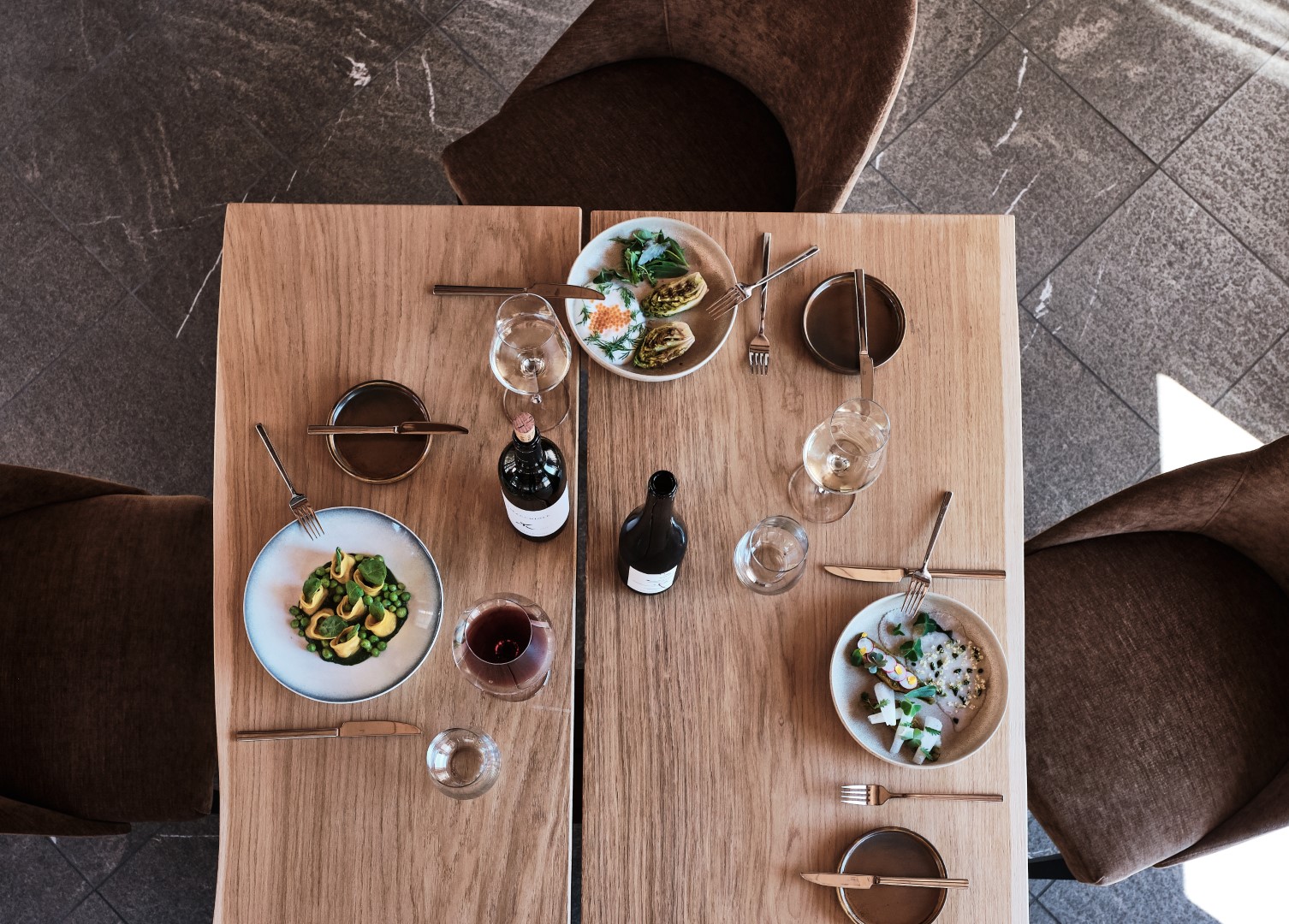
AO Restaurant. Couresty of Tim Schardt.
AO Restaurant
Next to Haller Suites, AO Restaurant offers a casual fine dining experience that mirrors its surroundings. The menunfeatures healthy, organic, modern cuisine driven by the season and region. Go for a starter of smoked mountain cheese, followed by asparagus topped with freshwater roe and a main course of char, the regional lake fish. Pair dinner with glasses of wine from the property – house Sylvaner and Kerner come from the vines outside the window.
Decantei
Set inside a restored 13th-century building in Brixen’s old town, Decantei’s golden exterior door belies the stone-walled tavern vibes inside. It’s the perfect blend of modern touches with rustic charm. The menu focuses on reinterpreted South Tyrolean cuisine, featuring dishes like veal head, massive pork shanks, pork ribs, and rich, heavy dumplings. On a gorgeous day, hit the beer garden and courtyard to sip on pale, cloudy, red, and dark beers, which also find their way into aperitifs and cocktails. The family-friendly atmosphere includes a playground and children’s menu, making it a welcoming spot for all. If you’re on a diet or worried about popping the button on your tight pants, rethink your dinner reservation.
Where to Find Wine, Beer, Cheese, and Bread in Brixen
North Stars:



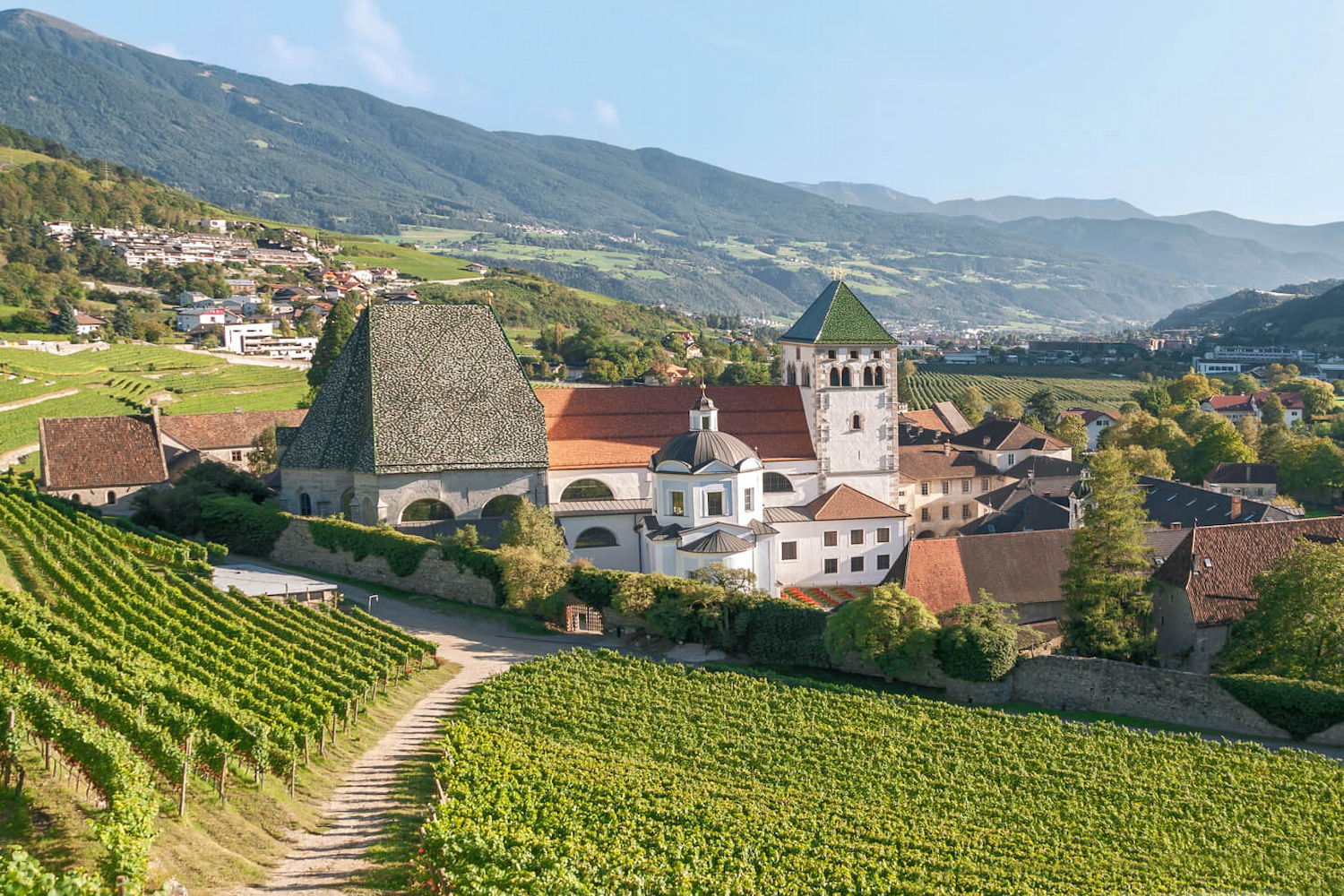
Abbazia Di Novacella Winery. Courtesy of Abbazia Di Novacella.
Abbazia di Novacella Winery
No visit to Brixen is complete without stopping at Abbazia di Novacella, one of the oldest continuously operating wineries in the world. Founded in 1142 by Augustinian monks, the monastery still oversees viticulture and winemaking today. Its vineyards lie at high elevations just north of town, where cool alpine air and glacial soils shape crisp, mineral-driven whites. Sylvaner, Kerner, Grüner Veltliner, and Gewürztraminer lead the lineup — aromatic, focused, and built to age. Visitors can explore the monastery’s baroque library and ancient cellar, then taste the wines in a courtyard framed by centuries of winemaking history. It’s a long but beautiful walk on a riverside path to reach it – well worth the 10,000 steps in each direction.
Vitis Vinothek & Wine Bar
Set in the heart of the old town, Vitis Vinothek offers a deep list of natural, organic, and regional wines. Sit in the romantic, leafy courtyard under the blooming wisteria or opt for a seat inside the moody, stylish interior. A deep wine list and knowledgeable staff might keep you lingering for hours.
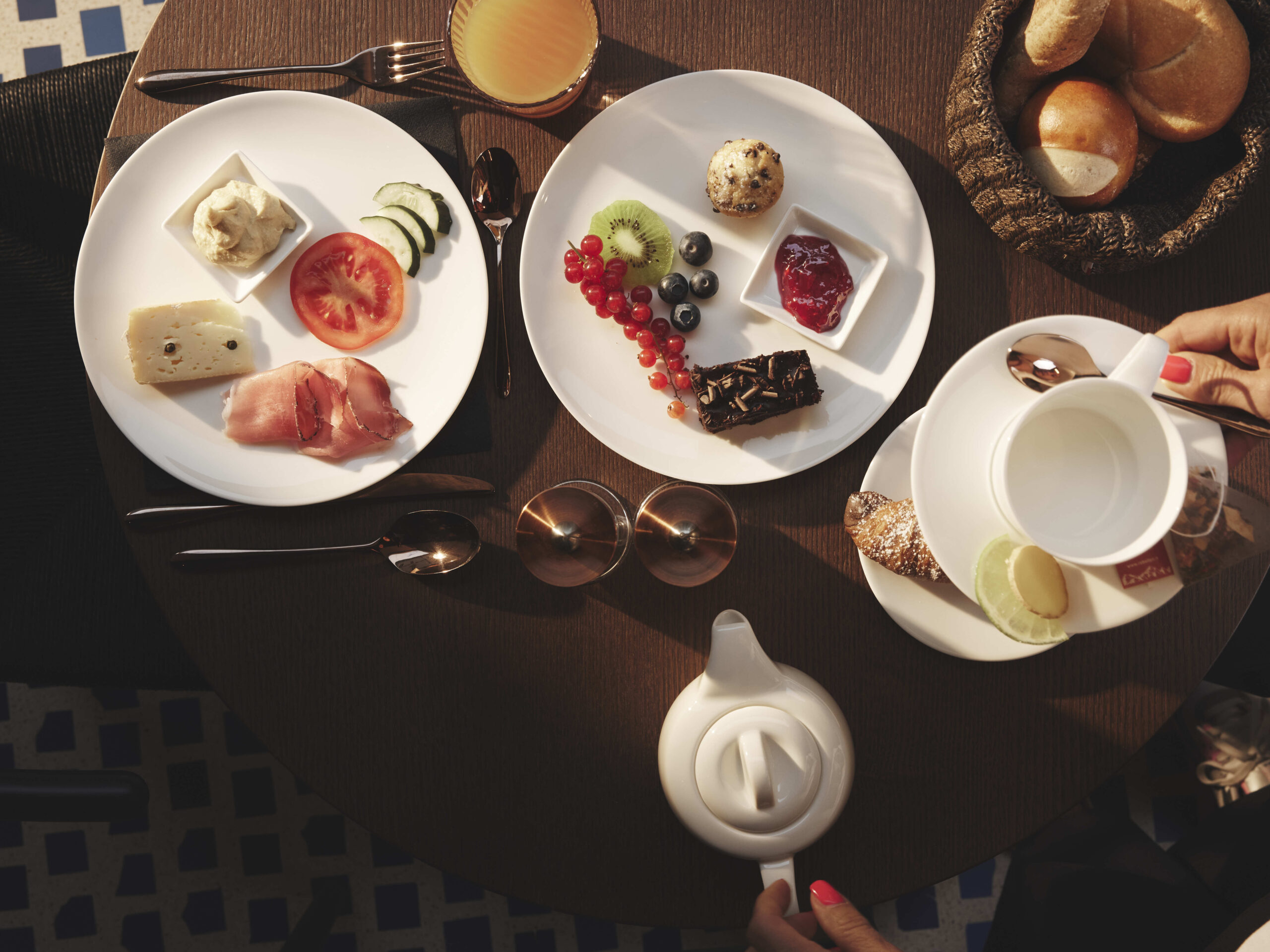
Food at Viertel Bar. Couresty of Freiundzeit.
Viertelbar
A daytime cafe, evening bar, and breakfast room for guests of the Badhaus hotel, stylish Viertelbar welcomes all. On a Sunday after church, well-dressed locals convene for coffee while mingling with travelers. At night, the cafe turns into a bar serving South Tyrolean craft beers, local gin matched to local tonic, and wines from Alto Adige.
Viertel Bier Brewery
Run by the same team that owns Badhaus, this craft brewery and pizza restaurant occupies a building originally founded as a restaurant for travelers in 1771. The concept has evolved into its current iteration in 2020 with a renovation that introduced contemporary interiors and floor-to-ceiling glass framing views of the mountains. The beer brewed on-site spans many styles, from pilsner to IPA, and uses organic regional grains and spring water from the Isarco Valley, to do it.
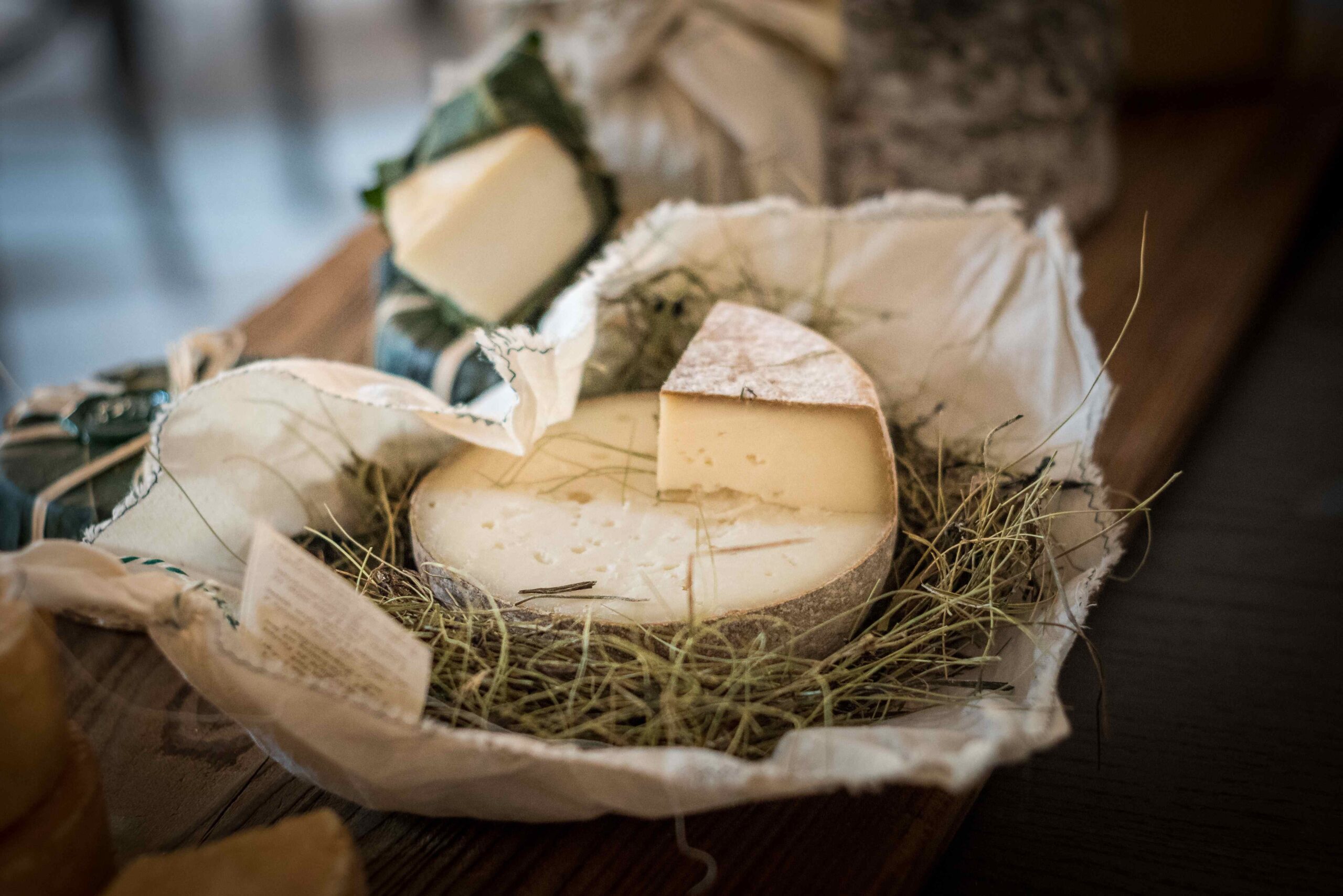
The fabulous cheese offer at Degust. Courtesy of Helmut Moling.
Degust Cheese Affineur
Founded in 1994 by Michelin-starred chef Hansi Baumgartner, Degust specializes in the refinement of cheeses. The company focuses on rediscovering and enhancing small local dairy products, using high-quality ingredients often considered waste, such as pomace and leaves, to enrich the flavor of their cheeses. Visitors can book a cheese tasting paired to local wines while learning about the use of former WWII bunkers scattered around the valley as ideal aging caves for cheese. Something good born from tragedy, indeed.
Profanter Backstube
Profanter Backstube has been baking with local rye and barley since 1982. Profanter was not only the first to produce certified organic bread in South Tyrol but is also the first 100% organic baker in Italy and is currently the only Bioland baker in South Tyrol. The company bakes a range of breads and pastries, which they sell in the shop and to nearby hotels like Badhaus. Be sure to pick up a loaf to pair with your cheese from Degust.
Pur Sudtirol
For local products to eat or take home, head to Pur Südtirol. The shop sells a wide selection of regional and organic South Tyrolean delicacies, ranging from wine to speck. It also stocks locally made handicraft products and cosmetics.
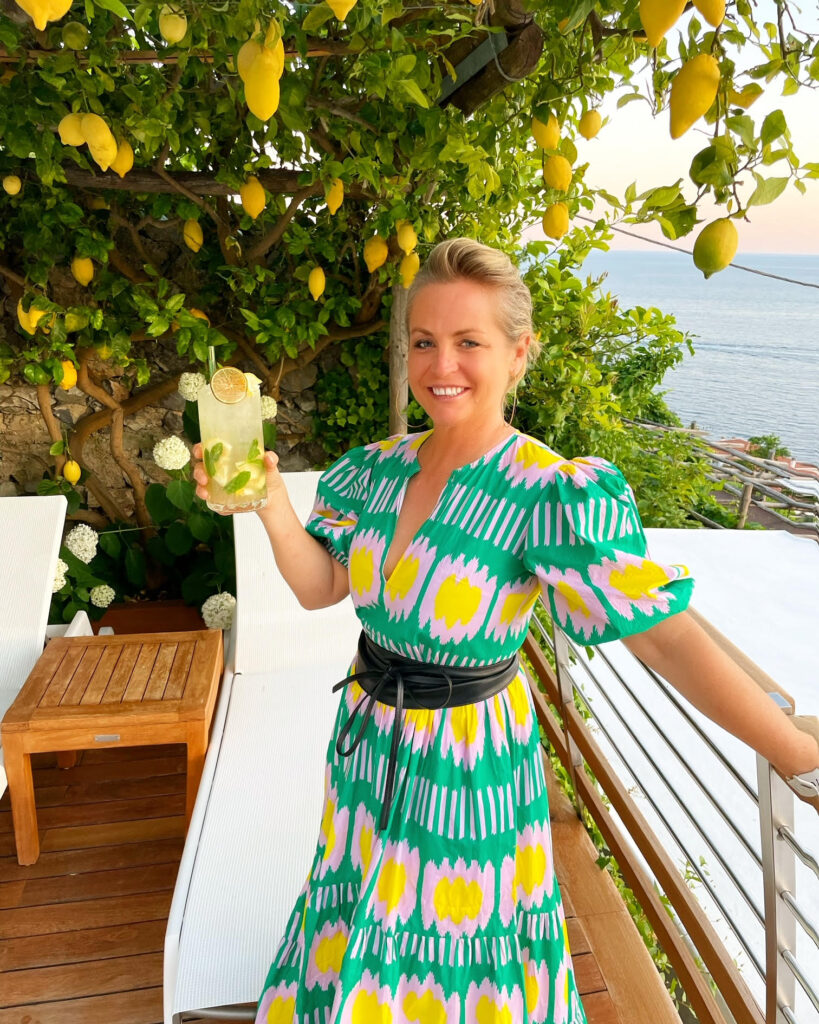
Founder and CEO of Azure Road, Lauren Mowery is a longtime wine, food, and travel writer. Mowery continues to serve on Decanter Magazine’s 12-strong US editorial team. Prior to joining Decanter, she spent five years as the travel editor at Wine Enthusiast. Mowery has earned accolades for her writing and photography, having contributed travel, drinks, food, and sustainability content to publications like Food & Wine, Forbes, Afar, The Independent, Saveur, Hemispheres, U.S. News & World Report, SCUBA Diving, Plate, Chef & Restaurant, Hotels Above Par, AAA, Fodors.com, Lonely Planet, USA Today, Men’s Journal, and Time Out, among others.
Pursuing her Master of Wine certification, she has also been a regular wine and spirits writer for Tasting Panel, Somm Journal, VinePair, Punch, and SevenFifty Daily. Mowery is a graduate of the University of Virginia and Fordham Law School, and she completed two wine harvests in South Africa.
Follow her on Instagram @AzureRoad and TikTok @AzureRoad


